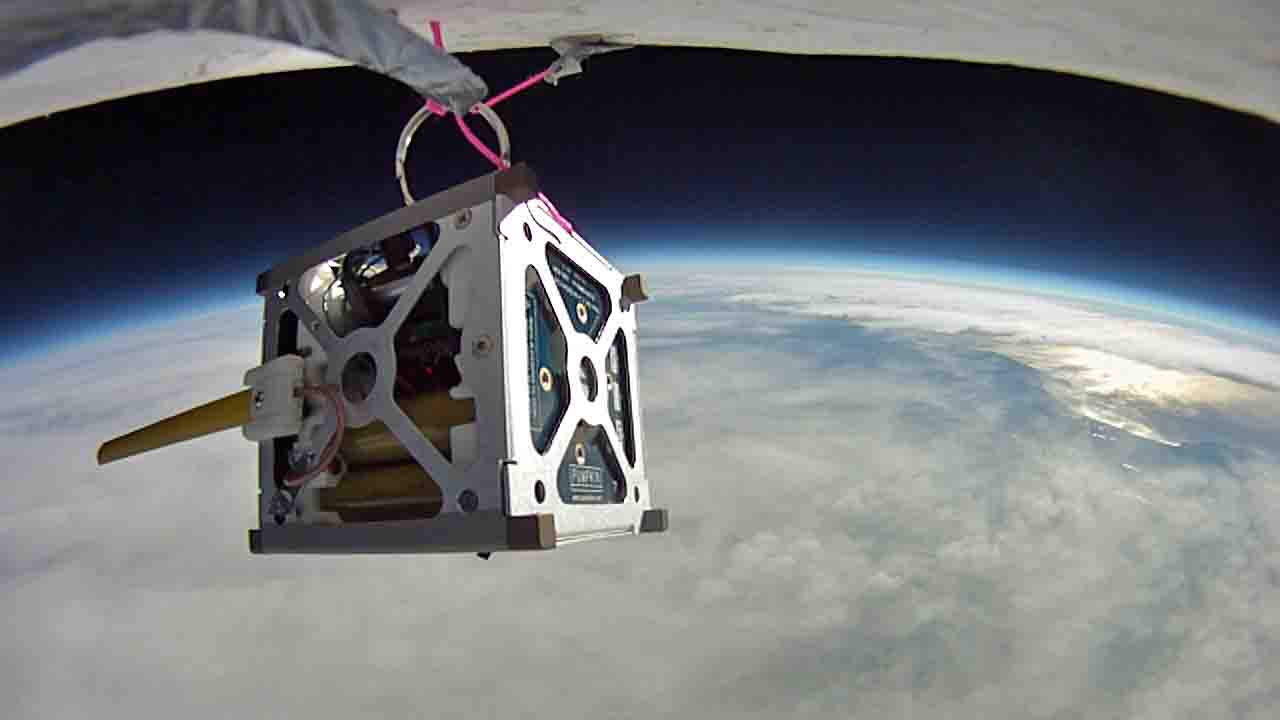Science & Technology, Singapore (Commonwealth Union) – A microsatellite used in maritime communications created by the Satellite Technology And Research Centre (STAR) under the National University of Singapore, College of Design and Engineering (NUS CDE), as well as A*STAR’s Institute for Infocomm Research (I2R), was launched with success at the Satish Dhawan Space Centre in Sriharikotta, India last month.
The NUS’ STAR designed and put together the Lumelite-4 microsatellite utilizing the NUS patented modular as well as scalable satellite’s bus system using fault tolerant features. The A*STAR’s I2R produced the experimental satellite-based communication hardware. This partnership between NUS and A*STAR had highlighted the pioneering measures by the nations scientists to bring about a satellite-based high-performance VHF Data Exchange System (VDES), that may potentially have a key impact on maritime communications along with traffic management as well as analytics. This was the 1st demonstration of satellite-based VDES for maritime applications in Southeast Asia as well according to researchers.
The VDES is a digital communication system that uses very high frequency (VHF) radio frequencies to exchange data between ships and shore stations. It was developed to meet the increasing demand for maritime communication that requires higher data rates and better reliability than the traditional VHF voice communication.
VDES is based on the Automatic Identification System (AIS) technology, which is a global standard for ship-to-ship and ship-to-shore communication. However, unlike AIS, which is primarily used for safety-related messages, VDES is designed for a wide range of applications, including vessel traffic management, coastal surveillance, environmental monitoring, and maritime safety.
The global voyaging ships are equiped with the Automatic Identification System (AIS) right now. This is an automatic monitoring system applying transceivers on ships to stop any collisions by permitting the maritime authorities to keep track of vessel movements applying the broadcast information on identification, location, course along with speed.
The VDES payload which Lumelite-4 is carrying has many benefits in comparison to todays AIS system, like greater bandwidth, range, accuracy, capacity, security, flexibility, along with international coverage, that appears as an impressive solution for maritime operators who would like to improve communication along with operational efficiency. A positive launch permits A*STAR’s I2R to exhibit the satellite VDES technology. This also validates the possible applications of VDES such as real-time maritime traffic as well as asset monitoring and the 2-way messaging. When compared to the to the 1-way reporting backed by AIS. Designed by A*STAR’s I2R, the VDES payload may lower signal interference and elevate tracking capability in an expected dense atmosphere along with low-complexity radio resource management.
A*STAR’s I2R as well as ST Engineering had prior occasions formed the VDES Mobile Station, which can result in up to 32 times increased data rate in contrast to the present AIS system. With the backing of the terrestrial VDES, the VDES Mobile Station paves the way for increased data throughput and greater quality data delivery among ship-to-ship as well as ship-to-shore two-way messaging capabilities.
The most recent satellite VDES further enhances the terrestrial VDES making it possible for a more robust maritime communications service, permitting the monitoring of vessels going beyond coastal areas to high seas and in areas in the absence of a terrestrial network.
The NUS and A*STAR team had commenced their activities on the Lumelite-4 project back in 2018, recently finishing the design, assembly, integration along with the testing of Lumelite-4 with VDES payload.
“I am very heartened that many of our undergraduate students who had participated enthusiastically in this highly challenging project have chosen to continue to work in STAR as full-time research engineers upon graduation,” said Professor Low Kay Soon, Director of STAR.
The technology is likely to be a huge benefit to maritime communications as time goes by with more and more advancements.








